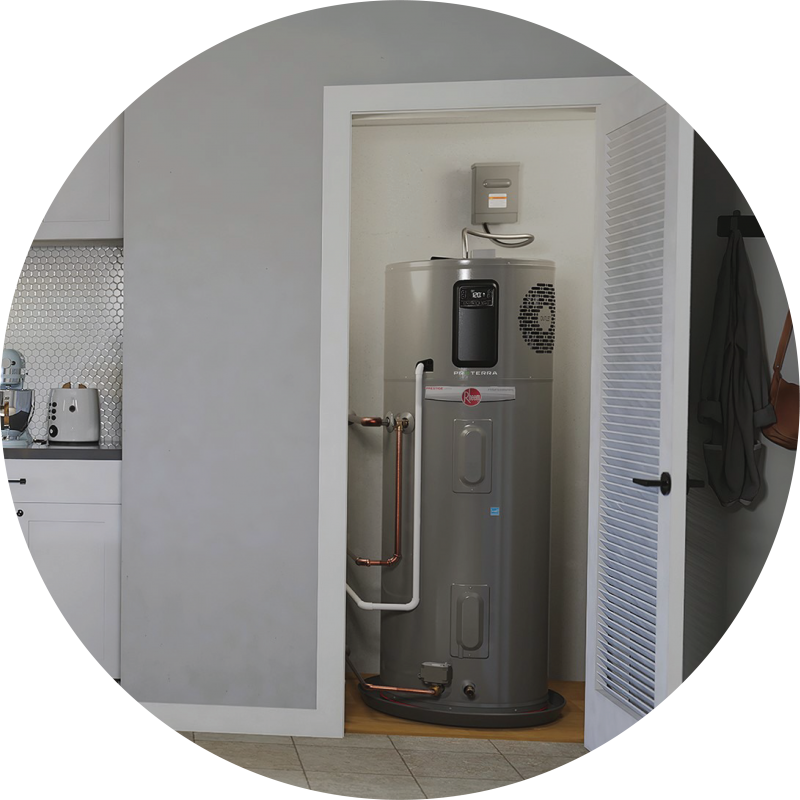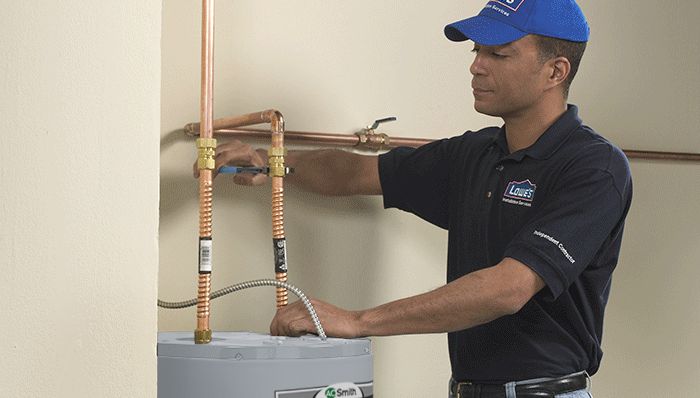Easy Guide to Maintaining Your Home's Hot Water System
Easy Guide to Maintaining Your Home's Hot Water System
Blog Article
How do you actually feel about Tips For Maintaining Your Hot Water Heater?

Warm water is crucial for day-to-day comfort, whether it's for a revitalizing shower or washing meals. To ensure your warm water system runs effectively and lasts longer, normal maintenance is key. This write-up provides practical pointers and insights on exactly how to keep your home's warm water system to prevent interruptions and pricey repairs.
Introduction
Maintaining your home's hot water system could appear difficult, but with a few straightforward steps, you can ensure it runs efficiently for several years to find. This guide covers every little thing from comprehending your warm water system to DIY maintenance suggestions and knowing when to employ expert aid.
Value of Maintaining Your Warm Water System
Regular maintenance not just extends the life-span of your hot water system however additionally guarantees it operates effectively. Overlooking upkeep can lead to decreased efficiency, greater power bills, and also early failing of the system.
Indications Your Warm Water System Demands Maintenance
Understanding when your warm water system requires focus can protect against significant problems. Look out for indicators such as inconsistent water temperature, strange sounds from the heater, or corroded water.
Recognizing Your Hot Water System
Prior to diving right into upkeep tasks, it's valuable to comprehend the standard components of your hot water system. Usually, this includes the water heater itself, pipelines, anode poles, and temperature controls.
Monthly Upkeep Tasks
Regular regular monthly checks can help catch minor issues before they intensify.
Flushing the Water Heater
Purging your hot water heater removes sediment build-up, enhancing performance and extending its life.
Monitoring and Changing Anode Rods
Anode poles stop corrosion inside the storage tank. Inspecting and changing them when broken is crucial.
Evaluating and Changing Temperature Level Setups
Changing the temperature setups makes sure optimum efficiency and safety and security.
DIY Tips for Maintenance
You can do a number of maintenance tasks yourself to keep your warm water system in leading condition.
Checking for Leaks
Frequently inspect pipelines and links for leakages, as these can lead to water damages and higher expenses.
Checking Pressure Relief Valves
Testing the pressure safety valve guarantees it works correctly and avoids excessive stress accumulation.
Protecting Pipes
Insulating warm water pipes decreases warmth loss and can save energy.
When to Call a Professional
While do it yourself upkeep is beneficial, some problems require professional proficiency.
Complicated Problems Requiring Specialist Help
Examples consist of major leaks, electrical issues, or if your water heater is consistently underperforming.
Regular Expert Maintenance Perks
Professional upkeep can include complete evaluations, tune-ups, and guaranteeing conformity with safety and security requirements.
Conclusion
Normal maintenance of your home's hot water system is essential for efficiency, longevity, and cost financial savings. By following these tips and knowing when to seek expert assistance, you can guarantee a trustworthy supply of warm water without unanticipated disruptions.
Water Heater Maintenance: The Basics
Maintaining your water heater will ensure it operates efficiently and has a longer lifespan. Neglecting regular maintenance can lead to costly repairs and an even bigger chunk of your savings if you have to replace it sooner than necessary. But there’s good news: Most water heater maintenance tasks are relatively simple and easy for homeowners with basic DIY skills.
Flush the Water Heater
Over time, sediment and minerals can build up in the tank, reducing its efficiency and potentially causing damage. To flush the tank, turn off the power or gas supply, attach a hose to the drain valve near the bottom and open the valve to drain the water until it runs clear. Ideally, flush the tank annually.
Replace the Anode Rod
The anode rod is a sacrificial metal rod that helps prevent corrosion inside the tank. Inspect and replace it every three to five years or per the manufacturer's recommendation. To replace the anode rod, turn off the power or gas supply, drain a few gallons of water from the tank, unscrew the old rod and replace it with a new one. If the anode rod is significantly corroded or covered in calcium buildup, it's a sign the water heater may need to be replaced soon.
Tune-Up
A yearly tune-up can help identify potential issues and ensure your water heater operates at peak efficiency. This typically involves checking the thermostat, burner assembly (for gas heaters) and any other components specified by the manufacturer. During a tune-up, the technician may also clean the burner and adjust the pilot light (for gas heaters) or examine the heating elements (for electric heaters).
How to Maintain Your Water Heater
Insulate the tank. Insulating the tank can improve energy efficiency and reduce heat loss, saving you money on energy bills. You can purchase precut insulation blankets designed specifically for water heaters or use standard fiberglass insulation wrapped securely around the tank. Check the temperature. The recommended water temperature for most households is around 120 degrees Fahrenheit (49 degrees Celsius). Higher temperatures can increase energy costs and potentially cause scalding. Use a kitchen thermometer to check the temperature at the faucet nearest the water heater. Monitor water pressure. Excessive water pressure can strain the water heater and cause leaks or even tank failure. Install a pressure-reducing valve if necessary. The ideal water pressure range is between 60 and 70 PSI (pounds per square inch). Test the temperature and pressure (T&P) relief valve. The T&P relief valve is a safety feature that releases pressure if the tank gets too hot or the pressure builds up too high. Test it annually by lifting the lever and allowing a small amount of water to release. Replace the valve if it doesn't release water or reseal properly. Check for leaks. Regularly inspect the tank, pipes and fittings for leaks or corrosion. Deal with issues promptly to prevent further damage. Even a small leak can lead to significant water damage over time. Consider a tankless water heater. If your traditional tank-style water heater is nearing the end of its lifespan ( typically 10 years), consider replacing it with a tankless water heater. These units heat water on demand, reducing standby energy losses and potentially saving you money on your energy bills. Schedule professional maintenance. While homeowners can perform many water heater maintenance tasks, it's still a good idea to schedule professional maintenance every few years. A plumber or HVAC technician can thoroughly inspect the unit, identify potential issues and ensure it operates safely and efficiently. https://www.homeserve.com/en-us/blog/home-improvement/hot-water-heater-maintanence/

I found that entry about How to Maintain Your Water Heater & Prolong its Life while surfing the internet. Are you aware of somebody else who is fascinated with the niche? Feel free to share it. Thank-you for taking the time to read it.
Visit Site Report this page